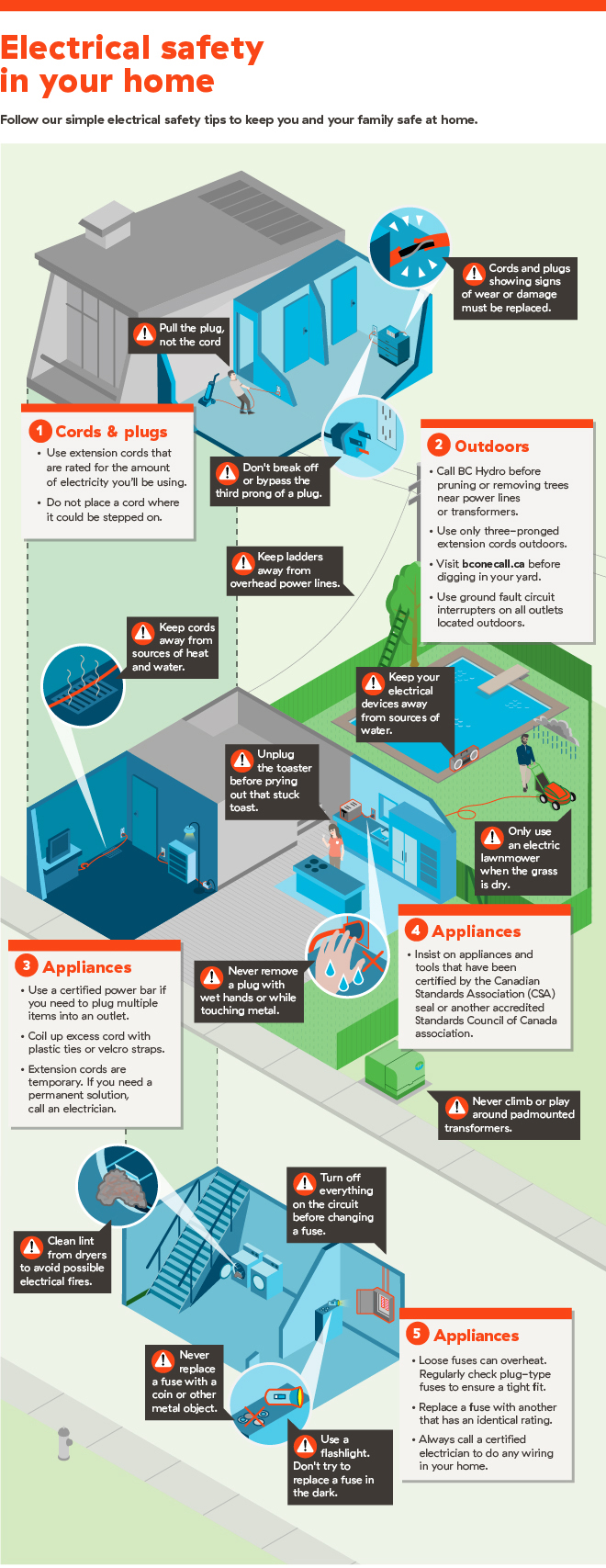Indicators It's Time To Eliminate A Tree - A Home Owner'S Guide
Indicators It's Time To Eliminate A Tree - A Home Owner'S Guide
Blog Article
Post Produced By-Siegel Abrahamsen
Trees add elegance and worth to residential property, but they can likewise pose a threat during severe weather condition events. If a tree has quit growing, is displaying visible fungal development, or has a leaning trunk, it needs to be gotten rid of by a specialist to avoid home damage and injury.
To find out more, go to a property owner resource reasonable co-hosted by HPD, the Facility for New York City Neighborhoods, and Brooklyn-based housing partners this night in Bedford-Stuyvesant. The event will certainly feature the House owner Handbook, a new overview to aid property owners browse the obligations of possessing a home.
1. Dead or Perishing Branches
Trees are an indispensable part of your home's landscape, supplying shade and appeal. They likewise offer shelter for wildlife and produce oxygen, however even healthy trees can experience health problems that might require their elimination. landscape maintenance professionals or dying trees aren't just unpleasant, they can be unsafe. Their branches could drop during a tornado, resulting in pricey building damages and injuries.
When a tree's branches begin to pass away, it means that its structure is beginning to break down. If the majority of its branches are dead, it is most likely time to remove it.
Search for a lack of brand-new development, bark peeling, open injuries or tooth cavities, fungis growing on the trunk or origins and a basic appearance of degeneration in the whole cover. These indications of infection can indicate a major problem that will certainly need professional tree services to fix.
2. Leaning Trunk
While it's typical for trees to lean periodically because of phototropism, if a tree has a harmful or extreme lean that's not because of natural processes - it could be an indication that the tree requires to be removed. If the tree is favoring a high-voltage line, home, automobile, play framework or any other area that could be unsafe to people if it falls, after that getting in touch with an expert tree service for removal ought to be a top priority.
It's additionally essential to expect any sudden changes in a tree's leaning as it can suggest damage to the roots or trunk that might bring about dropping. This is particularly true during thundercloud, because high winds and rain-soaked dirt can cause a lean to transform promptly. Normal surveillance, particularly throughout and after storms can help house owners recognize possible problems with their trees so they can call an arborist for an extensive assessment.
3. Bug Problem
Some pest infestations, such as wood-boring pests like emerald ash borer or sap-suckers like range insects, are so extreme that they can trigger a tree to die. The most effective means to prevent pest infestation is to monitor your trees often. Search for spots, openings, or discolorations in the fallen leaves and bark. Read Even more for cracks and indications of insect damages, such as tunnels or tracks.
If a tree ends up being too ravaged with parasites, or is close to a home or high-voltage line, an arborist might suggest removal. If a leaning tree establishes a brand-new, unpredictable lean, an arborist will likely suggest removal also to make certain the safety and security of individuals and building. If a weakened or dead tree constantly loses too much branches, it is an indicator that it is time to eliminate the tree. If a tree continues to lose branches for an extended time period, it might result in architectural issues and possible residential or commercial property damage.
4. Damaged Trunk
Trees are a beautiful and integral part of our landscape, however they do call for normal like maintain them healthy and safe. If a tree is damaged beyond repair it is most likely time for it ahead down.
Search for indications of damages to the trunk, including upright cracks, seams, dead branch stubs, noticeable injuries or open cavities and extreme tree-rot. The visibility of fungis at the base of the trunk is another alerting indicator. Fungi might indicate that the phloem and xylem (life-support cells) are compromised, allowing for the spread of disease or a future failing.
Likewise, think about whether the tree has actually stopped growing. Healthy trees will have new development each year, which might show up as buds or branches growing and extending. If you don't see any brand-new development, it's a good idea to have an arborist evaluate the tree and follow their suggestion for elimination. A passing away or harmed tree can fall and create residential property damages.